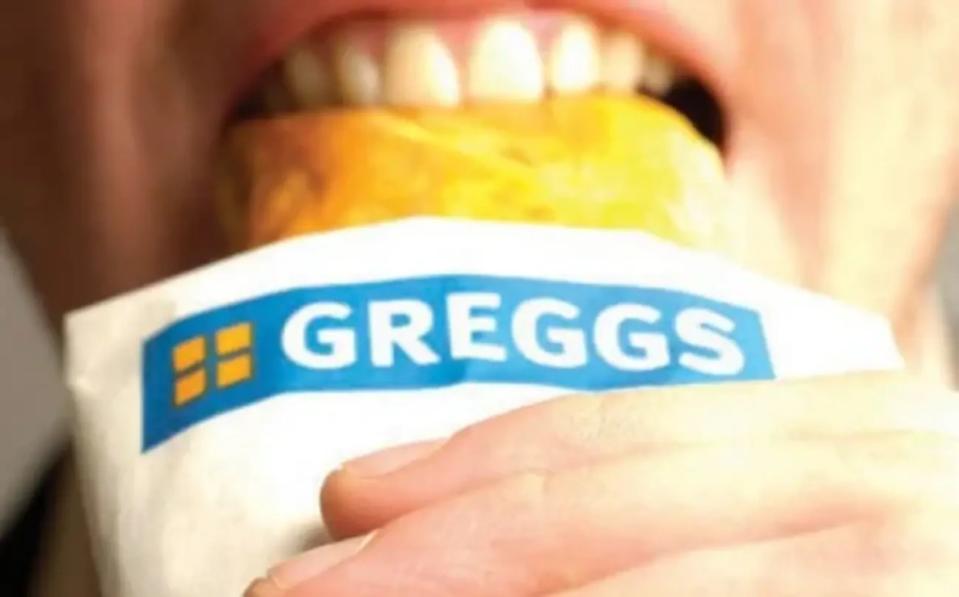Why Greggs is beating Pret in the battle of the lunch break

While Pret has failed to commit to any real market position, Greggs is reaping the rewards of building an irreverent and loyal fanbase, says Dougie Hastings
There’s an old saying in London – you’re never more than 6ft from a rat and 50m from a Pret a Manger. But the popular high street sandwich chain has struggled in recent years with consumers abandoning ship. With a rising tide of debts, it has now recalled its initial founder, Sinclair Beecham, to the top table in order to steady the ship.
One of its main competitors, Greggs, however has been doing better than ever. So why the huge disparity in the fortunes of these two high street staples? Strong brand partnerships with outlets like Primark, a late-opening store in Leicester Square, and a keenly recognisable brand identity have ensured its continuous rise.
Pret dominated the office-worker lunch market for many years, but struggled with the sudden barrenness of London during the Covid-19 pandemic despite the introduction of its subscription offering and mobile app. As a result of this, and a cost of living squeeze, prices at the chain have increased significantly over the past few years, pushing some consumers to more affordable competitors.
But while the prices increased, the quality did not. Originally Pret seemed like a more upmarket option with its polite French name, smoked salmon baguettes and ginger shots. But the in-person experience has dipped dramatically, appearing more like a fast food burger joint than a Parisienne pâtisserie.
It’s hard to tell what Pret offers that is so different from the rest of the market. It’s neither high-end nor affordable and it doesn’t have the allure of local, independent coffee spots. It’s become bland, having not committed to any real market position.
Greggs, however, has always understood its customers. The average Greggs customer is not looking for a high-end experience – they want affordable, hearty food that is fresh from the oven and ready to eat straight from the paper bag.
What is so great about Greggs’ strategy is its ability to not take itself too seriously. It knows what its target audience is and offers affordable items that do the job simply yet effectively. Now a hugely popular brand, Greggs is reaping the rewards of building a loyal and irreverent fanbase.
Even its recent Channel 5 documentaries, both now available on Netflix, have been nothing but positive for the chain. Showcasing the inner workings of a factory that makes thousands of sausage rolls a day might not be the best strategy for every restaurant, but in this case fans simply ate it up.
The contrasts between the two are clear. If both continue down this path, the Northern delight that is Greggs will likely cement itself at the top of the food chain while Pret’s struggles will only worsen.
Pret needs a full rethink of its strategy, either upping the in-store experience or reducing its costs. Its recent move to crackdown on customers sharing their Club Pret subscription may bring them some added income in the short term, but at the end of the day, major strategy changes are required.
Plus, with a new work-from-home market to target, other chains have changed tack effectively – think of coffee shops like Costa and Starbucks and their off-the-shelf ranges in supermarkets. In order to become a daily purchase again, Pret needs to match our new daily habits.
It’s too early to tell whether bringing back Beecham will be enough to see Pret’s fortunes turn. Pret should take a leaf out of Greggs’ cookery book and understand who their customers are and where they fit into their daily lives before it’s too late.
Dougie Hastings is director at Yonder Consulting

 Yahoo Finance
Yahoo Finance 